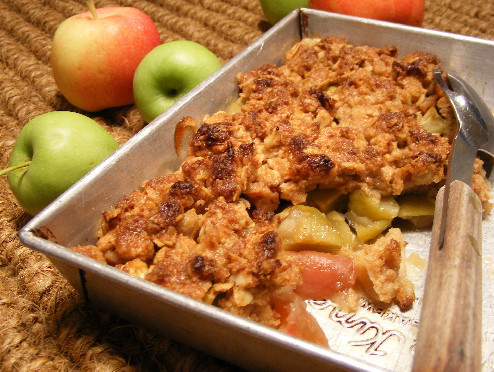Cranberry: Ginger Cranberry Ketchup
Thursday, November 18th, 2010
Cranberries are “the” Thanksgiving berry, even though it’s unclear that they were part of the 1621 feast shared by Native Americans and pilgrims.
The meal is believed to have included wheat, corn, barley, waterfowl, deer, fish, and wild turkey. It is certain, however, that long before white settlers arrived, Native Americans had been cultivating cranberries (and other berries) for food. So, it’s possible some of those crimson berries made an appearance.
Nonetheless, cranberries are requisite today at Thanksgiving. During this time of year – cranberries are coincidentally at their peak (October through December).
No qualms from me. I like food that’s tart and bitter and I’m a big fan of cranberries – fresh, cooked, dried and juiced. Since the 19th century, the berries have found their way in desserts, sauces, jellies, preserves and ketchup.
Yes, cranberry ketchup. This interesting tidbit caught my attention too. Apparently, it’s one of the more popular non-tomato based ketchups.
My recipe for ginger cranberry ketchup is not just novel. It’ll be a staple year-round – for your turkey sandwiches , turkey burgers, chicken and turkey tacos, etc. It has both sweet and sour notes and a little kick, if you choose to add chile. It’s easy to make and the spice blend is open to your own twist: nutmeg, cumin, and Chinese five spice.
The extra bonus here over cranberry sauce is that the vinegar in the recipe not only gives it some twang but it extends its shelf life. It’ll keep for about a month with refrigeration.
Tidbits on Cranberries:
- Cooking: When cooking cranberries, add sugar after they have popped to avoid tough berries.
- Buying: Select cranberries that are firm not shriveled or discolored. Stock up on fresh cranberries while in season (October through December).
- Storing: Fresh cranberries can be refrigerated for up to four weeks; frozen in plastic bags for nine months to a year. Do not wash them before storing.






